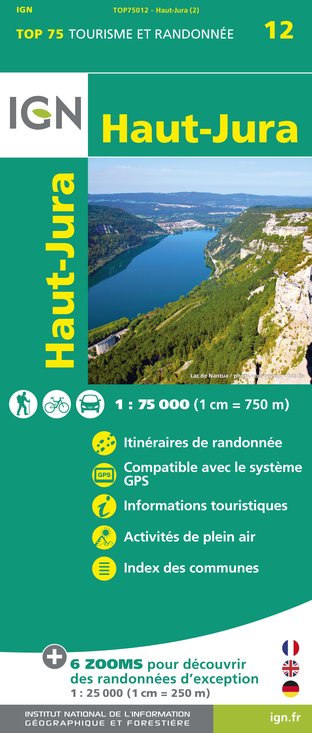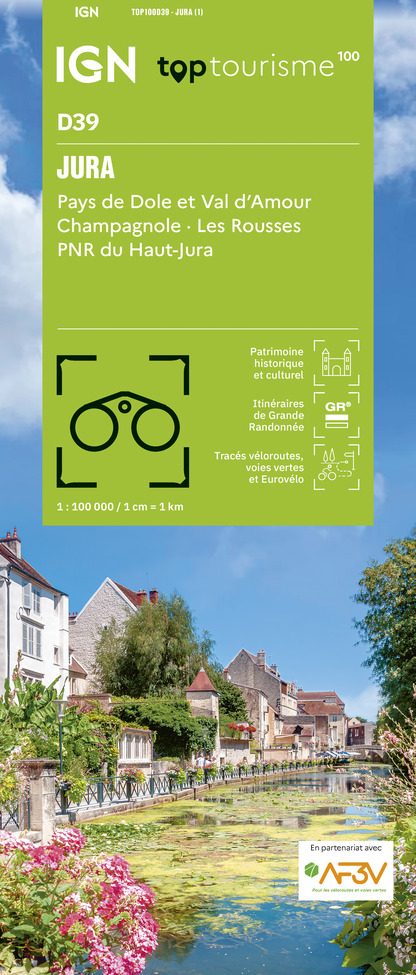Alert
Alerts
Description
Map
Ratings and reviews
See around
Appearance of the peat bog landscape

Credit
: PNRHJ / Nina Verjus
Description
At the end of the Quaternary Period, the Jura was covered by a huge glacier. Reindeer and mammoths were abundant. This mass of ice changed the relief and broke and moved rocks. When it melted, the ice left glacier moraines in the watertight rocky holes left behind.
At the bottom of the depression, a lake later took shape, fed by the water from the melting glacier, from rainfall and from streams. Before long, the climate started to warm up. Aquatic plants quickly developed and organic matter accumulated. The lake filled and turned into a marsh.
Technical Information
Lat, Lng
46.59576356.1149977
Coordinates copied
Point of Interest updated on 23/12/2025
Altimetric profile
IGN cards

TOP75012 - HAUT-JURA
Editor : IGN
Collection : TOP 75
Scale : 1:75 000
9.80€

TOP100D25 - DOUBS BESANÇON PONTARLIER PAYS DE MONTBÉLIARD PNR DU DOUBS HORLOGER
Editor : IGN
Collection : TOP 100
Scale : 1:100 000
8.40€

TOP100D39 - JURA PAYS DE DOLE ET VAL D'AMOUR CHAMPAGNOLE LES ROUSSES PNR DU HAUT-JURA
Editor : IGN
Collection : TOP 100
Scale : 1:100 000
8.40€

202 JURA ALPES DU NORD
Editor : IGN
Collection : TOP 200
Scale : 1:200 000
6.80€

89026 - GRANDES TRAVERSÉES DU JURA - GTJ
Editor : IGN
Collection : DECOUVERTE DES CHEMINS
Scale : 1:105 000
9.10€

D25-39 DOUBS JURA
Editor : IGN
Collection : CARTES DÉPARTEMENTALES IGN
Scale : 1:150 000
5.90€

D01-69 AIN RHÔNE
Editor : IGN
Collection : CARTES DÉPARTEMENTALES IGN
Scale : 1:150 000
5.90€

NR15 AUVERGNE-RHÔNE-ALPES RECTO/VERSO MASSIF ALPIN
Editor : IGN
Collection : CARTES RÉGIONALES IGN
Scale : 1:250 000
6.80€

NR14 AUVERGNE-RHÔNE-ALPES RECTO/VERSO MASSIF CENTRAL
Editor : IGN
Collection : CARTES RÉGIONALES IGN
Scale : 1:250 000
6.80€

NR09 BOURGOGNE FRANCHE-COMTÉ
Editor : IGN
Collection : CARTES RÉGIONALES IGN
Scale : 1:250 000
6.80€

SUISSE
Editor : IGN
Collection : DÉCOUVERTE DES PAYS DU MONDE IGN
Scale : 1:303 000
7.00€

EUROPE
Editor : IGN
Collection : DÉCOUVERTE DES PAYS DU MONDE IGN
Scale : 1:2 500 000
7.00€
Data author
Ratings and reviews
To see around
